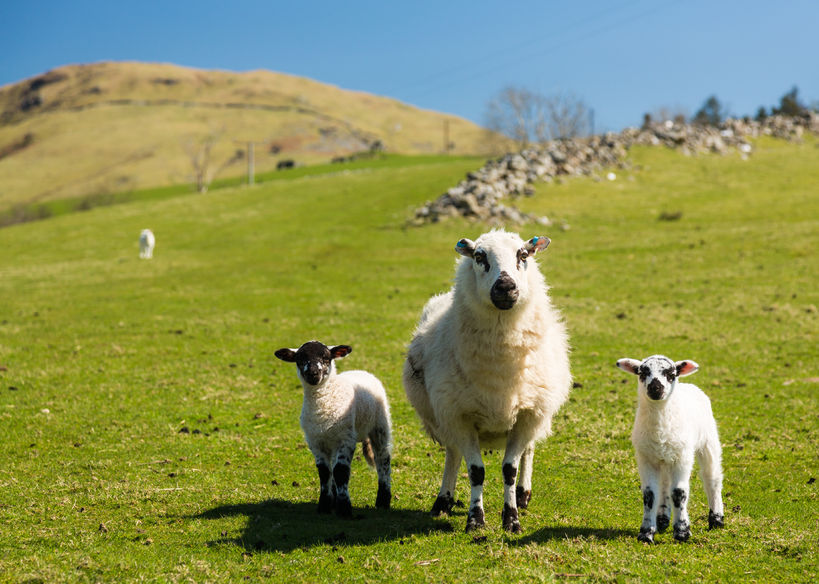
Temperature fluctuations are creating a different nematodirus challenge to previous years, new analysis shows.
With disease risk levels rising sharply in the last seven to 10 days, many areas of the UK now at ‘high’ or ‘very high’ risk levels for lambs that are six weeks old.
In the cooler regions of the UK temperatures have yet to reach the threshold, and farmers in these areas have been told to be wary.
This is according to the Sustainable Control of Parasites in Sheep (SCOPS). Their Nematodirus Forecast is updated daily using data from 140 weather stations, tracking changes in risk throughout the spring and early summer.
Lesley Stubbings of SCOPS says: “This year has been very different. The warm spell in February put early-born lambs at risk and many farmers had to treat earlier than normal.
“And then, as predicted, we also saw risk levels rise again after the cold start to April. Following the free online forecast has provided a valuable guide for sheep farmers and we have had some positive feedback from users.”
Kerry Sykes-Marsden, a shepherd with for 900 ewes in Lincolnshire, agrees: “Based on the advice on the website we’ve treated lambs earlier this year and this has avoided the ‘wait and see’ approach when we haven’t acted in the past to see clinical signs.
“Some years we have just gone in and wormed at six weeks of age, which could be too early or, even worse, too late.”
A new feature on the website this year is a table that shows when each location on the map has changed colour.
Nematodirus infestation causes profuse diarrhoea during the late spring and early summer months and lambs deaths may reach 5 per cent, lambs that survive suffer a marked check in growth rate.
